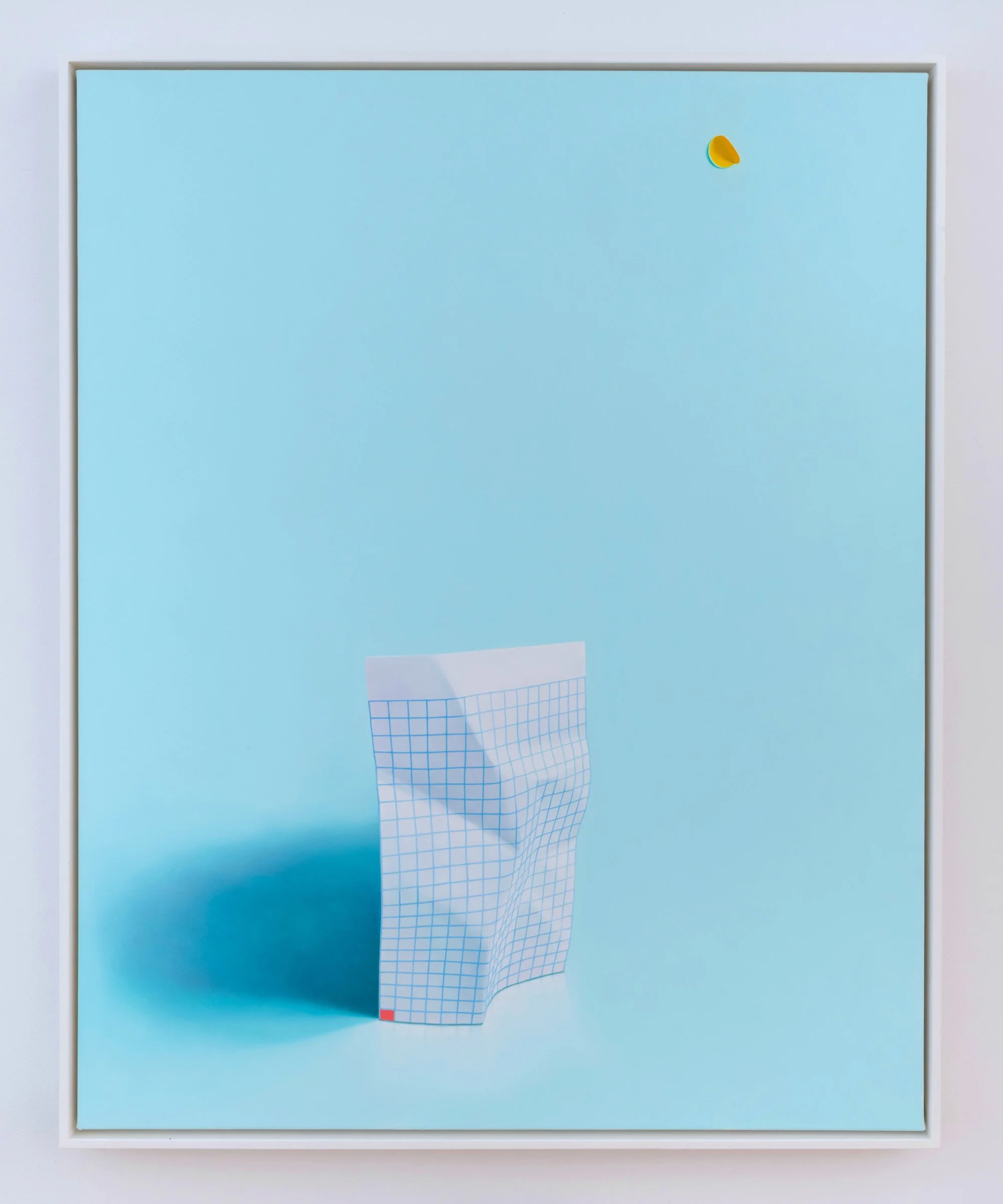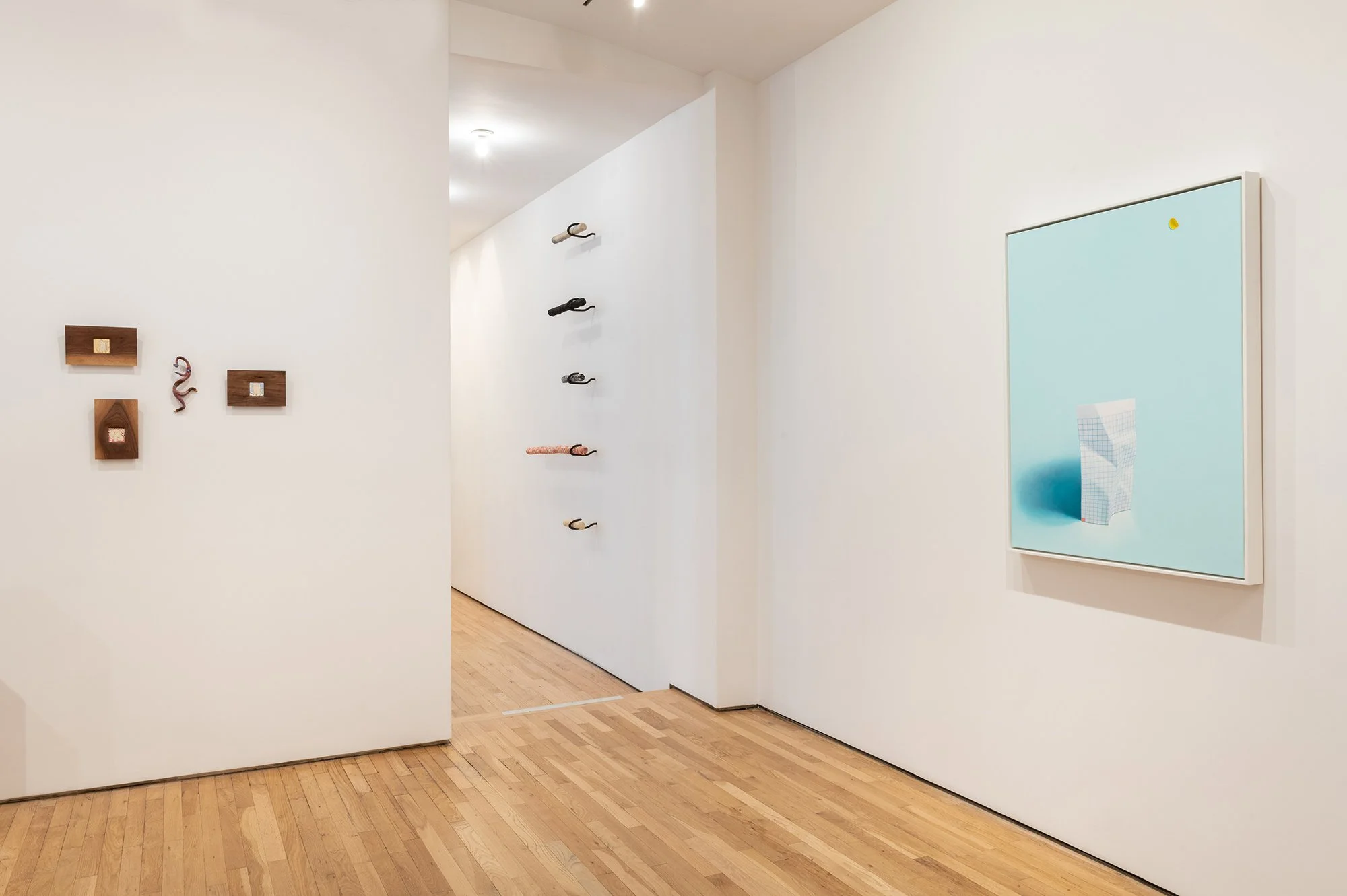Power Tools
Power Tools
July 13 – August 12, 2022
1 Rivington Street, New York
Ilana Harris-Babou, Mary Bauermeister, Judith Bernstein, Lee Lozano, Em Kettner, Jake Kean Mayman, Keegan Monaghan, Marina Pinsky, Gabriela Salazar, Erika Vogt
CANDICE MADEY is pleased to announce Power Tools, an exhibition of artists who reference tools in their work, and by extension, explore a history of objects and their symbolic and practical importance for individual and collective agency. The exhibition further considers our dissociated relationship to tools and a consumer culture that has largely relinquished the skills required to make, repair, and reuse. Artists, craftspeople, and technicians are important exceptions to this trend; and artists specifically are in a unique cultural position to critique how tools, and technology, relate to power structures and autonomy. The exhibition includes recent and historic works by Ilana Harris-Babou, Mary Bauermeister, Judith Bernstein, Lee Lozano, Em Kettner, Jake Kean Mayman, Keegan Monaghan, Marina Pinsky, Gabriela Salazar, and Erika Vogt.
In works by Lee Lozano and Judith Bernstein, anthropomorphized depictions of hardware serve as double entendres and visual puns for systems of oppression and male power. Bernstein has been engaged in feminist and anti-war activism throughout her life. Hardware 6 (1970) is from a series of drawings created in the late 60s and 70s that depict phallic-shaped screws. Bernstein’s work from this period highlights the connections between a paternalistic National leadership and the violent and aggressive intentions of the Vietnam War. Lozano’s work in the 1960s also employed tools (hammers, wrenches, drills, and screwdrivers) charged with a psychosexual, political potency that challenged status quo chauvinism. In PTR/KNS (1962), vaguely mechanical parts appear engaged in conflict.
In her Dysfunctional Ceramics series, Ilana Harris-Babou crafts tools in ceramics, further attempting to put them to use in DIY home-improvement videos. The ceramics break and are refashioned and repaired; Harris-Babou then repeats her aspirational projects. In a related video, Finishing a Raw Basement, Audre Lorde is paraphrased: “Like I told them, you can’t dismantle the master’s house with the master’s tools,” underlining the discriminating role provenance and ownership plays in whether a tool will serve its promised utility.
Sculptures in textile, clay, and wood by Em Kettner explore the physical limitations of architecture, structures, and systems, offering playful workarounds. Her characters often appear in symbiosis with useful objects, tools, furniture in generous acts of mutual aid and interdependence. Evoking talismans or charms, her work celebrates the beauty of fragility and the power potential of the small-scale. Similarly playing with scale, Erika Vogt’s sculpture Cleo Knife presents a five-foot tall, antiquated utility knife in pink and yellow, a palette that is at once institutional and pop. The work is from a series of freestanding knife sculptures that reference a range of historical periods–Paleolithic, Han Dynasty, Incan, Egyptian Middle Kingdom, Peruvian. The graphic sensibility and size of the work suggest the theatricality of agitprop and its intrinsic choreography with human actors. Vogt also presents new work on linen, integrating images of The New York Times with hand-embroidered abstractions of historical artifacts and cosmic and diagrammatic imagery.
Mary Bauermeister’s experimental work employs the language of mathematics, science, astronomy, frequently depicting utilitarian objects, such as lenses, pencils, wood, and metal tools. Her use of such objects points to a more symbolic or spiritual relationship with the material world, questioning whether scientific or technological thought can fully explain existential phenomena. Brian O'Doherty Commentary Box (2017) is part of a celebrated series of box assemblages that include found and fabricated components dating from 1963, shortly after she relocated to New York from Germany.
Jake Kean Mayman explores the coevolution of technology and humankind in meticulously rendered still-life oil paintings. His work often includes obsolete technology that considers how corporate interests have created, by design, a disassociation from the inner workings of our most essential tools. Here, he presents a graph paper–a ubiquitous tool invented in 1795 in England, and a pivotal development for the fields of cartography, statistical graphics, and data visualization.
Keegan Monaghan’s paintings often suggest a moment of suspense, capturing the anxiety of the everyday. In Device (2022), mechanical or electronic parts are obscured by a veiled wall that is punctured with holes–leaving the inner workings of something seemingly operational, and seemingly significant, unknowable to the viewer. Monaghan’s work portrays the frustration of navigating a world in which obfuscation seems to dominate contemporary politics and access to clear information is increasingly difficult.
Both Gabriela Salazar and Marina Pinsky isolate functional components of the built environment. Salazar's sculpture and site-responsive installations have included hinges, velvet ropes, sandpaper, and concrete blocks. In Hook Crook (2017–ongoing), she specifically explores themes of precarity, vulnerability, and displacement through the form of the common handrail. The work emphasizes the tactile, observing the moments in which an individual reaches for their environment for support and guidance. Pinsky’s photograph Fusebox (2016) explores a recurring theme in the artist’s work in which she captures found and assembled building materials or environments. Here, she documents an enigmatic vignette from a Belgian museum that has reconstructed Rene and Georgette Magritte's apartment. Evidence of human life and its technology appear throughout Pinsky’s work; however, from a seemingly archeological perspective–as if documenting a slow and methodical dig of an unknown, distant place.
—






























